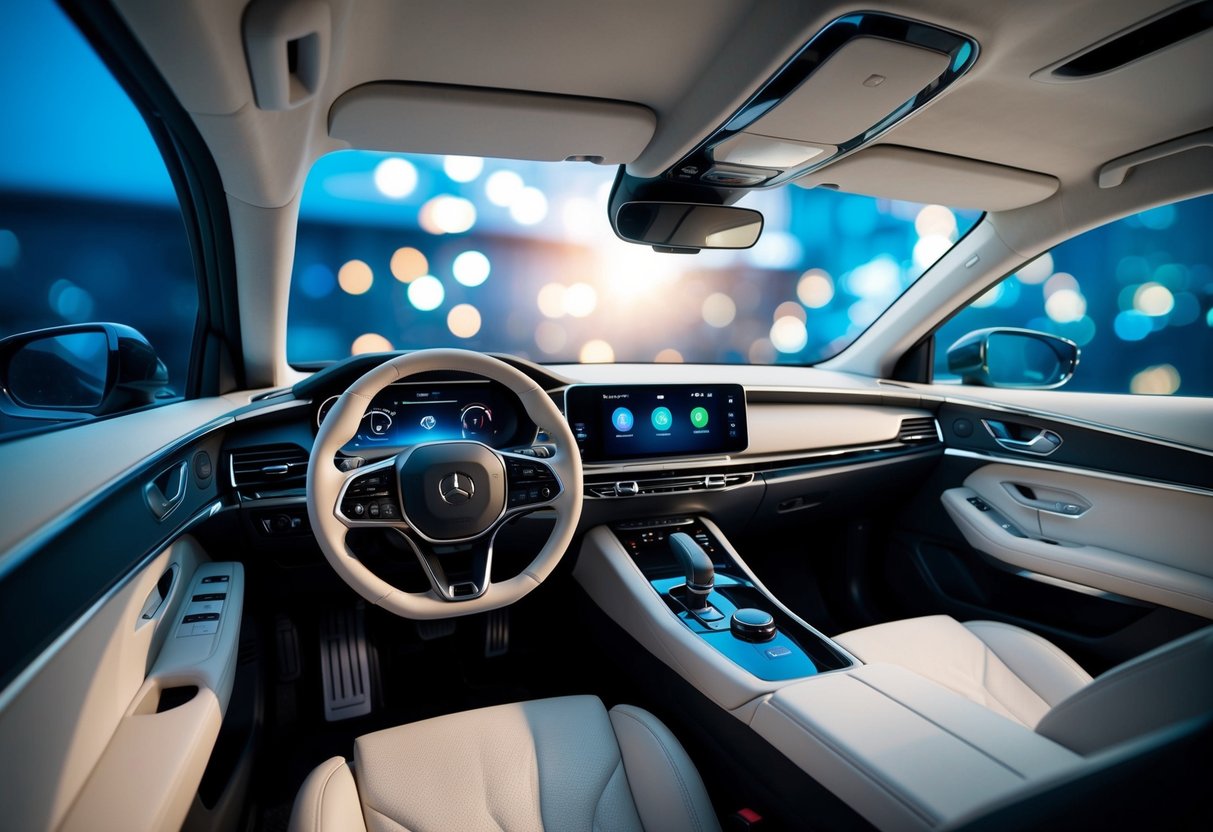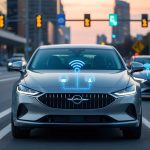
Next-generation voice assistants are revolutionizing the in-car user experience, marking a significant advancement in the automotive industry. Equipped with cutting-edge technology, these voice assistants offer seamless interaction, allowing drivers to effortlessly control navigation, music, and climate without taking their eyes off the road. This evolution enhances safety and convenience, ultimately transforming how drivers and passengers engage with their vehicles.
These intelligent systems understand natural language commands and learn from user preferences, personalizing journeys to cater to individual needs. By integrating with connected devices and applications, they create a more intuitive driving environment. As technology continues to evolve, these enhancements are set to make vehicles not just a means of travel, but a partner in every journey.
Automakers are investing in voice technology to set themselves apart in a competitive market, aiming to provide an unparalleled driving experience. With these innovations, the automotive landscape is shifting towards a future where user interaction is more efficient and engaging than ever before. This shift promises to redefine expectations and elevate the standard for in-car technology.
Evolution of In-Car User Experience

The journey of in-car user experience has been shaped by technological advancements. From basic radio systems to sophisticated voice assistants, each leap has aimed to make driving more enjoyable and efficient.
From Radio to Voice Assistants
Initially, car entertainment systems revolved around radios. Drivers and passengers relied on radio stations for music and news, marking a significant shift from silent journeys. Over time, tape decks and CD players allowed users to curate their listening experience.
As digital technology advanced, vehicles incorporated digital music players and Bluetooth connectivity, offering drivers unprecedented control over auditory content. The advent of voice assistants marked another transformative phase. They not only integrated seamlessly with smartphones but also offered hands-free control for navigation, calls, and entertainment.
Impact of Voice AI Technology on UX
Voice AI technology has revolutionized how drivers interact with their vehicles. Through natural language processing, these systems understand and respond to spoken commands, allowing users to maintain focus on driving. This development significantly enhances safety by minimizing distractions.
Voice assistants come with capabilities such as real-time navigation updates, personalized playlists, and smart home integration, elevating the in-car experience. Over time, AI adaptations have resulted in more intuitive systems that adapt to individual user patterns and preferences, fine-tuning the user experience.
This seamless integration of voice AI technology into everyday driving has created a new standard in automobile convenience and efficiency. Tailoring experiences to individual needs, these advancements continue to push the boundaries of modern-day vehicle functionality.
Fundamentals of Voice Assistants
Voice assistants have become an integral part of modern technology, especially in automobiles. Their ability to recognize speech and process natural language enhances the driving experience, offering hands-free interaction with in-car systems. Improvements in these technologies have widened their capabilities, making them essential for seamless connectivity.
Understanding Voice Recognition
Voice recognition stands as the backbone of voice assistants, enabling systems to precisely interpret spoken words. At its core, voice recognition converts spoken language into text, involving processing acoustic signals and identifying phonetic patterns. These systems often utilize extensive speaker databases to improve accuracy, taking into account variations in accents and speech patterns.
Accuracy has greatly improved with advancements in machine learning algorithms, allowing systems to handle noisy environments such as cars. This technology not only increases user convenience but also enhances safety by minimizing the need for manual controls while driving. As a result, voice assistants can efficiently control navigation, media, and communication features within vehicles.



